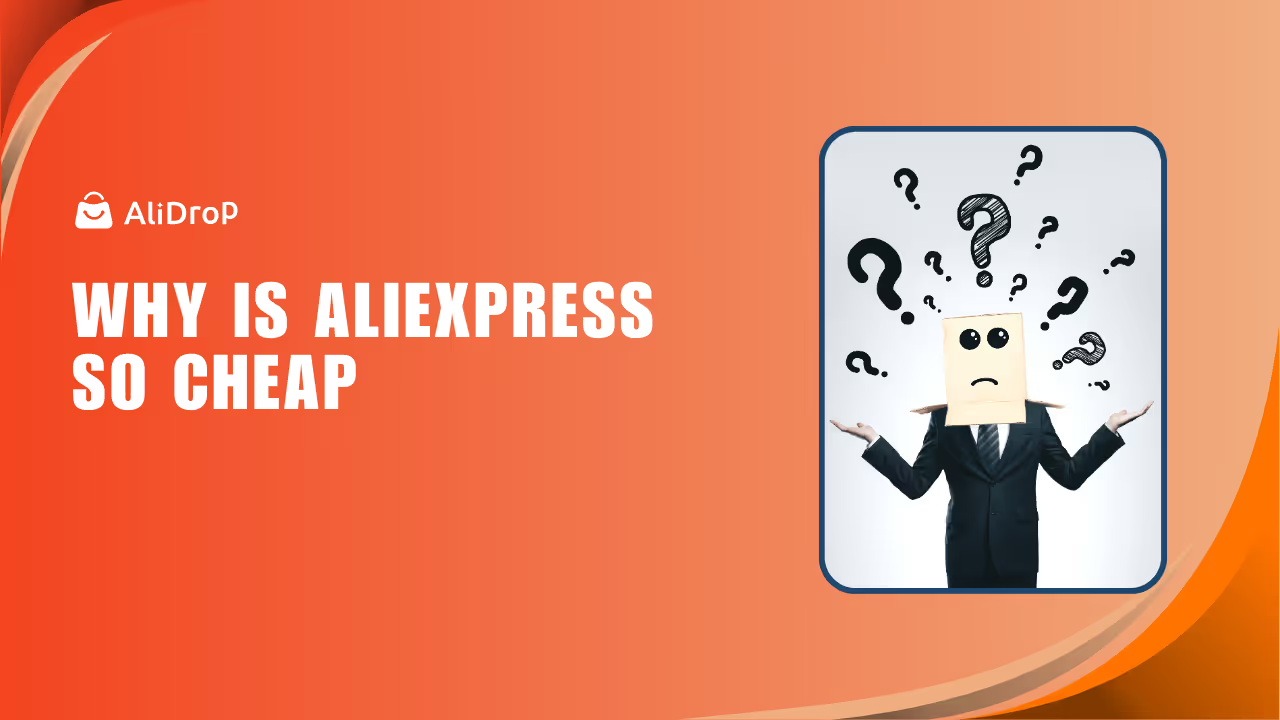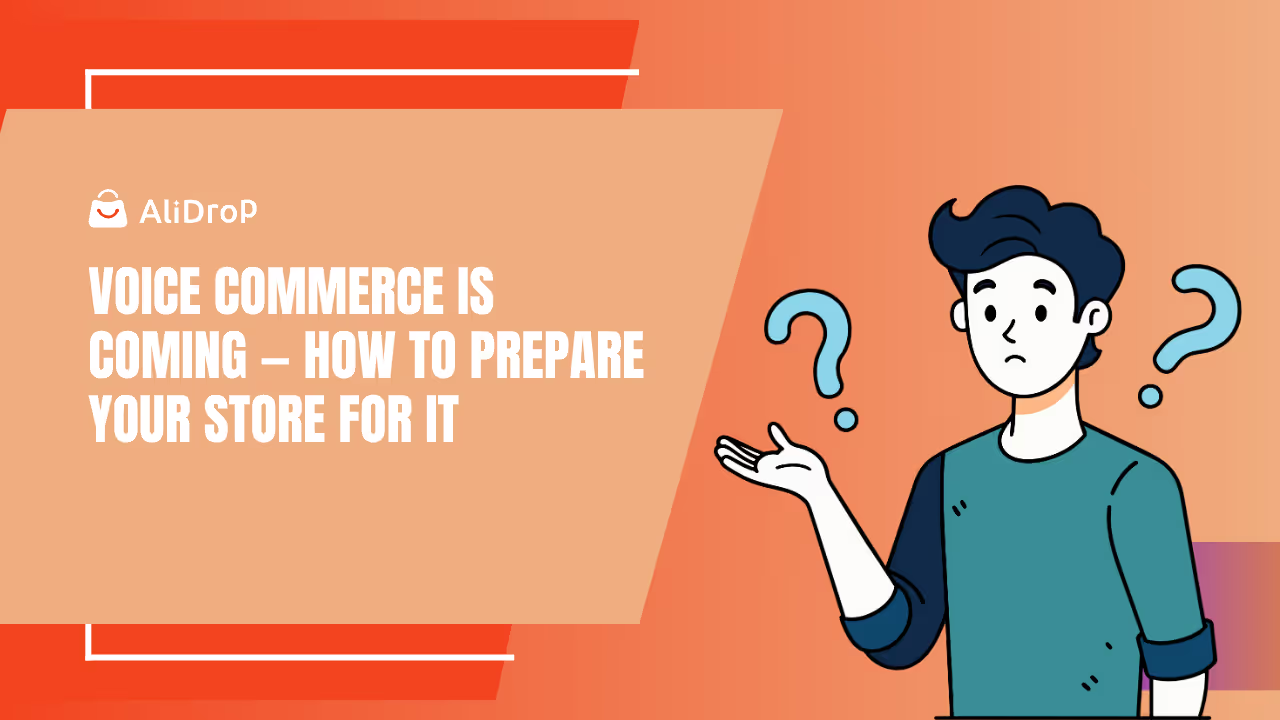The world of eCommerce is shifting toward a faster, smarter model—edge commerce. By combining edge hosting with local fulfillment eCommerce, brands can deliver lightning-fast shopping experiences while reducing shipping times and costs. Unlike traditional systems that rely on distant servers and centralized warehouses, edge commerce brings data and distribution closer to customers. This localized approach enhances site speed, boosts conversion rates, and builds trust through quicker deliveries. As consumer demand for same-day or next-day shipping grows, edge commerce offers the agility modern dropshippers need to stay ahead.
In this guide, we’ll explore how merging edge technology with local fulfillment can transform your dropshipping business into a highly responsive, customer-centric powerhouse.
What Is Edge Commerce and Why It’s Exploding Now
So, what exactly is edge commerce — and why is everyone suddenly talking about it?
At its simplest, it’s the next stage of eCommerce evolution. Traditional online stores depend on centralized servers and distant warehouses. That means every click, request, or product update travels halfway around the world before reaching the shopper.
Edge commerce flips that model. It brings data processing and fulfillment physically closer to the customer — reducing wait times both online and in real life.
The Two Pillars of Edge Commerce
- Edge-hosted storefronts: Your website’s content, personalization, and logic are processed at “edge” locations — servers distributed across global networks closer to your shoppers.
- Local fulfillment eCommerce: Your inventory and shipping operations rely on nearby warehouses or micro-fulfillment centers for lightning-fast deliveries.
When you bring these two together, you get a smoother shopping experience, happier customers, and lower shipping costs.
Why It’s Exploding Now
Consumers have become impatient. Same-day or two-day shipping is no longer a luxury — it’s expected. At the same time, advances in edge computing and serverless platforms have made it easier (and cheaper) to move storefronts closer to users.
The convergence of these trends has made edge commerce not just a buzzword — but a competitive necessity.
How Edge Storefronts Make Your Site Feel Instant
When was the last time you waited more than a few seconds for a website to load? Probably never. Today’s shoppers leave after just two or three seconds of delay. That’s where edge-hosted storefronts come in.
Edge Hosting 101
Instead of relying on one central server, edge hosting uses a network of global “nodes” to deliver your store’s content from the nearest location. Platforms like Shopify Oxygen, Cloudflare Workers, and Fastly Compute@Edge make this possible.
Here’s what that means for you:
- Faster loading times — pages render almost instantly, regardless of where your shoppers are.
- Smarter caching — edge servers automatically deliver frequently requested content from nearby nodes.
- Localized experiences — you can personalize content for each visitor’s location without sending data halfway across the globe.
It’s like having mini versions of your online store placed strategically around the world, ready to serve your customers wherever they are.
Real-Time Personalization at the Edge
Now imagine this: a customer in Paris lands on your store and instantly sees prices in euros, shipping times for their region, and trending items popular in France — all without refreshing the page.
That’s the magic of edge commerce personalization.
Edge platforms allow you to:
- Adjust product availability and pricing by region.
- Display dynamic messages like “Ships from your city” or “Delivered in 2 days.”
- Run A/B tests or offer localized promotions in real time.
All this happens at lightning speed because the logic lives right at the edge — near your customer — not back on a slow origin server.
Shopify Hydrogen + Oxygen Example
If you’re already on Shopify, Hydrogen (Shopify’s headless storefront framework) paired with Oxygen (its global hosting platform) gives you an instant entry into the edge world.
Brands that made the switch report dramatic improvements in:
- TTFB (Time to First Byte) — pages start loading up to 60% faster.
- SEO rankings — search engines reward speed.
- Conversion rates — customers stay longer when sites feel instantaneous.
That’s the power of the digital edge — a local, responsive experience for every shopper.
Local Fulfillment eCommerce — The Physical Edge
If edge hosting makes your store fast online, local fulfillment eCommerce makes it fast offline.
Think of it as the “real-world” side of edge commerce. It’s about keeping products near your customers so deliveries are faster, cheaper, and more reliable.
What Are Micro-Fulfillment Centers?
Micro-fulfillment centers (MFCs) are small warehouses located in urban or suburban areas, designed to fulfill online orders quickly.
They’re the backbone of local fulfillment eCommerce because they:
- Store your most popular SKUs near dense populations.
- Use automation to speed up picking and packing.
- Enable same-day or next-day delivery in local zones.
Instead of shipping every order from a distant national hub, you can distribute stock across local centers and ship orders faster than ever before.
Local Warehousing for Speed and Savings
Not every business needs a fancy micro-fulfillment center right away. Many start by partnering with local 3PL warehouses. These warehouses can:
- Cut shipping costs by using ground instead of air freight.
- Reduce average delivery times by days.
- Improve customer satisfaction and repeat orders.
By positioning your inventory closer to key customer clusters, you not only reduce costs — you also build a reputation for reliability.
The Sustainability Bonus
Here’s something your eco-conscious shoppers will love: shorter delivery routes mean lower emissions.
By using local fulfillment, you reduce the number of trucks, planes, and miles traveled per package. It’s a win for your brand image and the planet.
So, with both edge storefronts and local fulfillment working together, your store becomes a powerhouse of speed, personalization, and sustainability.
Edge vs. Traditional eCommerce: What Changes
Let’s do a quick comparison.
The shift is clear — edge commerce makes both the digital and physical sides of your business more local and agile.
In essence, you’re not just selling products — you’re building experiences that feel closer, faster, and more relevant to every customer.
Architecting an Edge Commerce Stack
Ready to bring this concept to life? Let’s walk through what an edge commerce stack looks like.
The Flow
- A customer visits your site.
- The nearest edge server renders your storefront instantly.
- Real-time logic at the edge personalizes content — like delivery times or promotions.
- Order data routes to your backend system or headless platform.
- The nearest local fulfillment center ships the product.
From click to delivery, every step happens as close to the customer as possible.
The Tools You’ll Need
- Edge Hosting Platforms: Shopify Oxygen, Cloudflare Workers, Fastly Compute@Edge.
- Headless Commerce Solutions: Shopify Hydrogen, CommerceTools, or other API-based backends.
- Fulfillment Integration: APIs that connect your store to local warehouses or 3PLs.
- Routing Logic: Smart software that assigns orders to the closest fulfillment node.
- Analytics: Real-time dashboards to track performance per location.
Together, these components create a truly connected ecosystem — one that blends technology and logistics seamlessly.
Choosing the Right Local Partners
When picking local warehouses or micro-fulfillment partners, look for:
- Regional coverage: Are they near your customer base?
- Tech integration: Do they offer real-time tracking or API connectivity?
- Speed and accuracy: What’s their average delivery success rate?
- Cost transparency: Watch for hidden fees like inbound storage or return handling.
Tip: Start with one or two regional partners and expand gradually as demand grows.
Implementation Playbook for Store Owners
Don’t worry — adopting edge commerce doesn’t have to be overwhelming. Here’s a simple, phased plan you can actually follow.
Phase 1 (Days 1–30): Edge Storefront Pilot
Start small.
- Pick one high-traffic page (like your homepage or best-seller).
- Deploy it using an edge platform such as Oxygen or Cloudflare Workers.
- Track key metrics — load time, bounce rate, conversion rate.
- If possible, A/B test against your current setup.
Within weeks, you’ll see how much faster and smoother your site feels to global visitors.
Phase 2 (Days 31–60): Activate Local Fulfillment
Now it’s time to optimize the physical side.
- Identify your top-selling regions.
- Partner with 1–2 local 3PLs or fulfillment centers in those areas.
- Move popular SKUs closer to customers.
- Offer localized delivery estimates (“Get it tomorrow if you order within 2 hours!”).
This not only improves delivery time but also builds customer confidence.
Phase 3 (Days 61–90): Personalize and Scale
Once you’ve got the basics, go all in.
- Add real-time personalization — show localized promotions, inventory status, and ETAs.
- Expand to more regions or micro-fulfillment centers.
- Measure the impact on conversions, shipping cost per order, and repeat purchases.
By 90 days, you’ll have a lean, efficient edge commerce system that outperforms most traditional eCommerce setups.
The Measurable Impact of Edge Commerce
You might be wondering — does this really move the needle? The short answer: absolutely.
Speed Drives Conversions
Multiple studies show that shaving even one second off page load times can increase conversions by up to 7%. With edge storefronts, customers experience instant interactions — no waiting, no lag, just smooth browsing.
That’s why major brands are investing heavily in edge architecture — it pays back in sales and SEO performance.
Local Fulfillment Cuts Costs and Boosts Loyalty
Every extra mile a package travels adds cost. By shipping from nearby warehouses, you save on logistics while giving customers faster, greener deliveries.
This improved experience keeps customers coming back — which in eCommerce is worth far more than a one-time sale.
Resiliency and Flexibility
Because edge commerce is decentralized, it’s naturally more resilient. If one region faces delays (weather, network issues, etc.), other nodes can handle the load without affecting your entire business.
That agility means your store keeps running smoothly, no matter what happens.
Risks, Costs, and How to Avoid Pitfalls
No new model is without challenges — but knowing them early helps you plan better.
- Vendor Lock-In: Choose platforms that let you migrate or integrate easily. Avoid solutions that trap you in proprietary ecosystems.
- Complex Inventory Management: Splitting stock across multiple warehouses can get tricky. Use smart inventory software that syncs automatically.
- Monitoring & Analytics: Distributed systems need distributed visibility. Track performance across edge nodes and fulfillment centers.
- Initial Costs: Edge hosting and local warehousing require setup costs, but you can start small and scale gradually.
- Cache Management: Keep an eye on stale content or mismatched data. Use automatic cache invalidation when possible.
Handled wisely, these challenges are stepping stones — not roadblocks.
The Bottom Line
Edge commerce isn’t just the future — it’s already the present for fast-growing brands. By combining edge-hosted storefronts with local fulfillment eCommerce, you can deliver faster shopping experiences, reduce shipping costs, operate more sustainably, and build stronger customer loyalty. The sooner you make the shift, the more competitive advantage you’ll gain over slower brands still stuck in centralized systems. If you’re ready to step into the new frontier of dropshipping, now is the time to explore how your store can leverage both the digital and physical edges. AliDrop can help you strategize, set up local fulfillment nodes, and transform your business into a next-generation edge commerce brand — where speed meets satisfaction.
FAQs on Edge Commerce
Is edge hosting only for headless storefronts?
Not necessarily. While headless storefronts tend to benefit the most from edge architecture because of their modular and API-driven design, you don’t have to go fully headless to take advantage of it. Even traditional eCommerce platforms can integrate edge features like CDN-level caching, edge-side rendering, or localized content delivery. These upgrades alone can significantly improve site speed and responsiveness for shoppers.
Do I need micro-fulfillment centers to start?
No, you don’t need micro-fulfillment centers on day one. Many brands begin with regional warehouses, local dropshipping partners, or 3PL (third-party logistics) providers that offer distributed storage and faster local shipping. As your order volume grows, you can evolve into micro-fulfillment centers or more advanced distributed networks at your own pace.
What’s the easiest way to start with edge commerce?
The simplest starting point is to test before going all in. Begin by deploying your highest-traffic pages—such as the homepage or a top product page—on an edge hosting platform. At the same time, pair this with at least one local warehouse or fulfillment partner. Once you measure reduced load times, improved conversions, and faster delivery, you’ll have real data to justify scaling across your entire store.
Is local fulfillment expensive?
It can appear more expensive upfront because you’re distributing inventory instead of keeping it in one central location. However, local fulfillment usually lowers last-mile shipping costs, reduces delivery times, increases repeat purchases, and decreases cart abandonment. Over time, these benefits often make local fulfillment more profitable than centralized logistics.
How does edge commerce help SEO?
Edge commerce directly supports SEO by improving site performance, especially page speed. Google’s Core Web Vitals place high value on fast loading, responsive pages. With edge hosting delivering content from servers closer to each shopper, load times drop dramatically, which can boost rankings, increase organic traffic, and improve overall search visibility.























